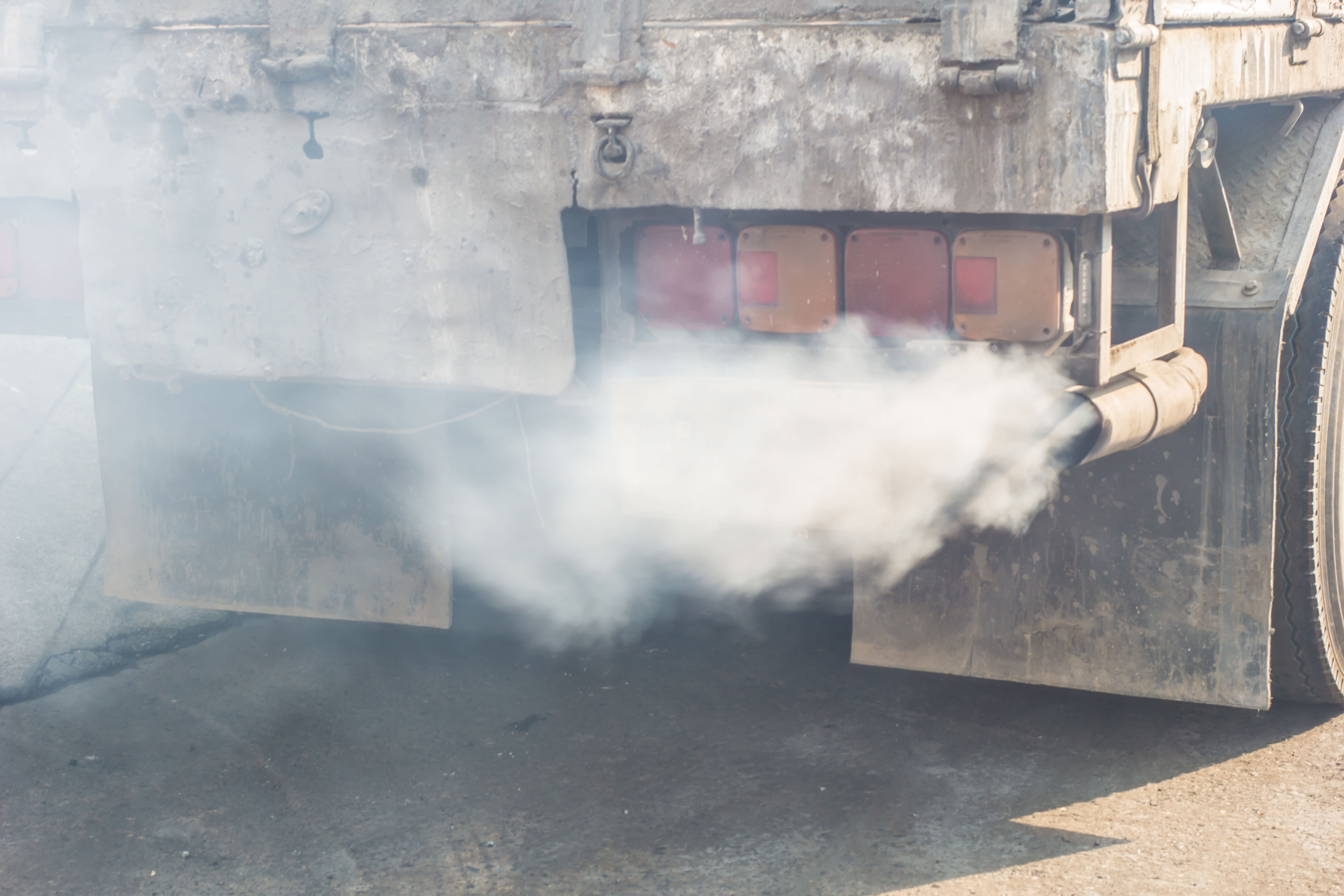
The American Environmental Protection Agency (EPA) and the National Highway Traffic Safety Administration (NHTSA) are working together to enable the production of a new generation of clean vehicles, which will reduce greenhouse gas emissions and make fuel use more efficient.
EPA’s Tier 4 regulations have come down heavily on allowable levels of exhaust emissions from diesel engines. And all new diesel engines have to meet Tier 4 regulations.
This clampdown is not surprising, given that the transportation sector is responsible for 28% of total greenhouse gas emissions in the U.S., according to EPA’s published data from 2016.
But how is the Tier 4 regulation affecting work trucks that are already on the road?
Fleet managers say that even as their old, model-year trucks are reaching the end of their work life and being replaced by Tier-4 compliant engines, their vehicles are experiencing increased downtime for engine regeneration, and costs of maintenance have gone up significantly too.
Tier 4-compliant engines use a diesel particulate filter (DPF) to trap soot from engine exhaust gases, but these filters need to be cleaned periodically through regeneration.
And the process isn’t cheap either. A clogged DPF, which has not been properly serviced on a regular basis, results in degrading performance and needs to be taken to an authorized dealer for clean-up or replacement – a process that can cost several thousand dollars and take several days.
The frequency of DPF regeneration depends on many factors, such as the amount of idling time. The more the idling time, the more clogged the filter becomes, increasing the need for more frequent regeneration.
Work trucks that have to idle for long periods of time to power hydraulic cranes and other jobsite equipment are worst hit by the regulations because of the nature of their function.
So how to manage this?
One way is for work trucks to drive uninterruptedly at highway speed, which automatically regenerates the engine. A second option is to perform a parked regeneration with the engine running, but this cleaning cycle can take an hour of downtime for the truck, which fleet managers have to take into account.
The third option is: fully-integrated, all-in-one work truck power systems. They allow service technicians to turn off the work trucks but still keep all external, dependent tools running at the same time.
All-in-one power systems can cut idling time by as much as 75% and reduce fuel costs, engine emissions and the need for frequent maintenance as well.
Emerging technology is the silver lining for work trucks, vis-à-vis changing emission regulations, and advanced technology like all-in-one power systems that provide idle-free, reliable power day and night helps the industry to tackle Tier 4 standards and stay ahead of future changes in emission regulations.




